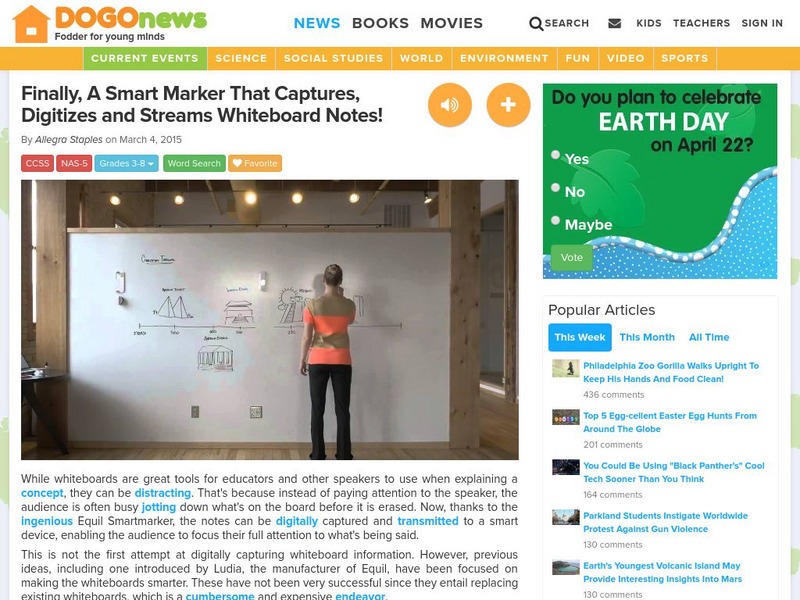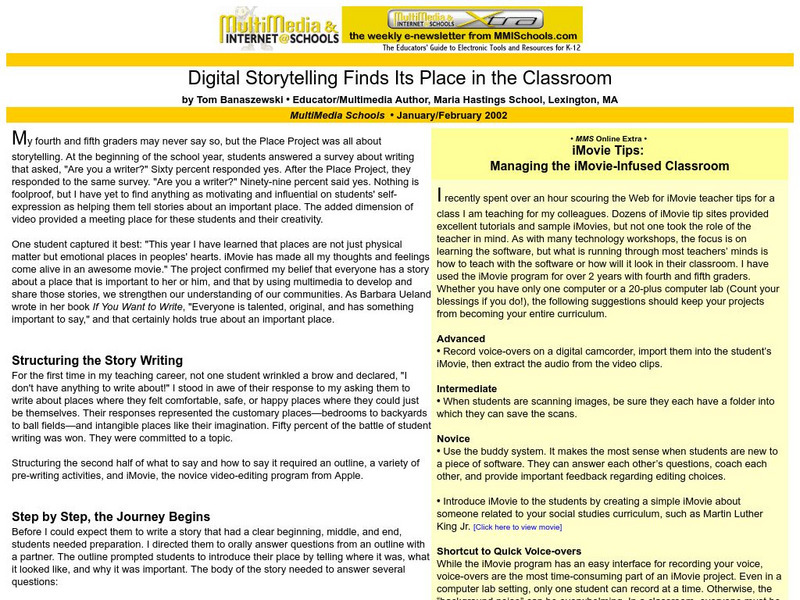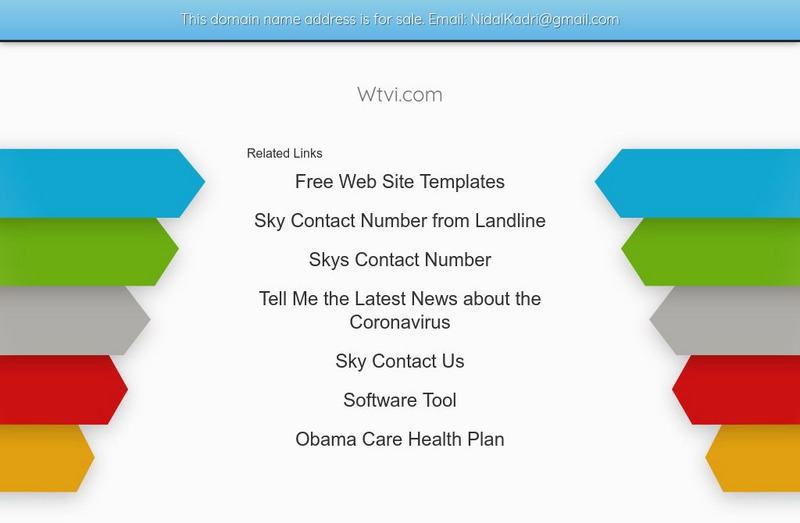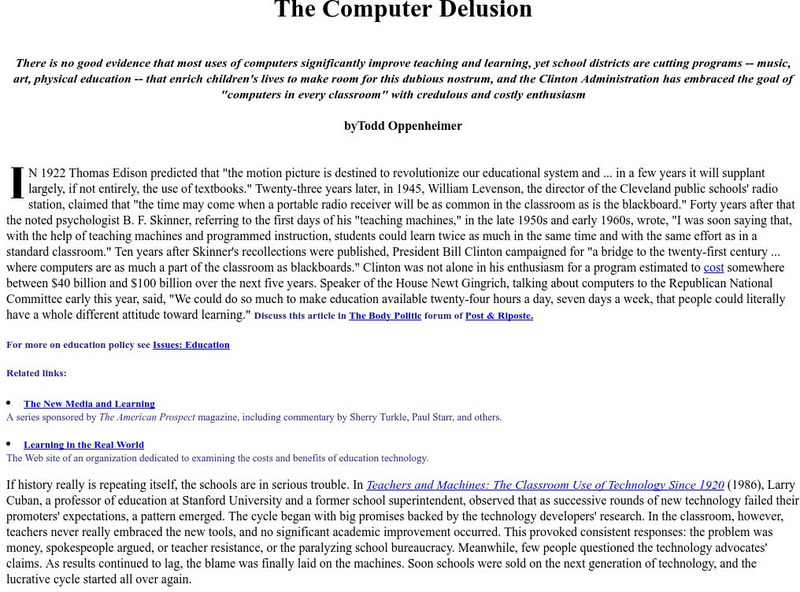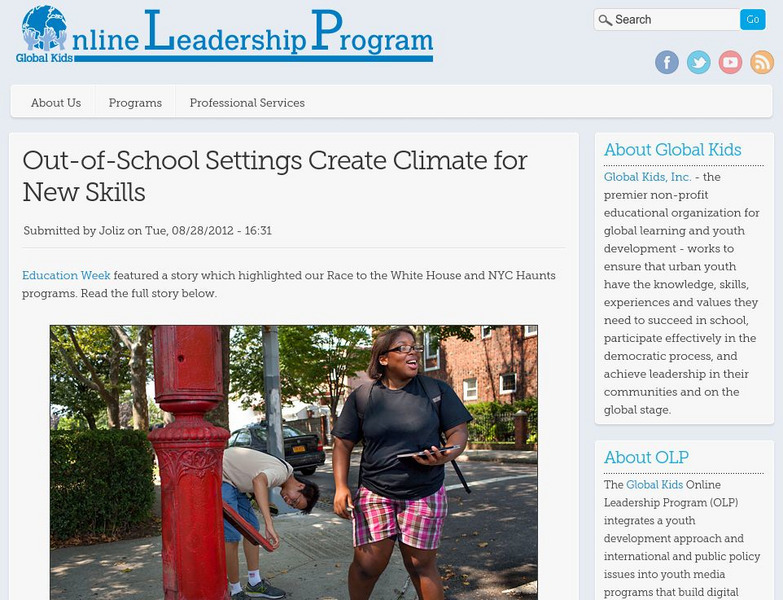NASA
Keeping Nine Eyes on the Weather
Take a look at climate change from another angle. Readers learn about the MISR instrument on the Terra satellite and how it studies Earth. Pupils experience how the multiple cameras give scientists multiple views so they can better study...
NASA
Taking a Cold, Clear Look at the Universe
Take a look with another perspective. Pupils read to find out what portion of the electromagnetic spectrum a space telescope sees and the difficulties of viewing infrared radiation from other objects in space. Individuals discover how...
NASA
Write the Book on Weather Metrics
It's not easy to measure the weather. Pupils learn about what all weather has in common—the atmosphere. Scholars discover how a meteorologists must be able to measure aspects of the atmosphere and decipher the data. They then create a...
NASA
Speaking in Phases
Hear from deep space. Pupils learn how satellites transfer information back to Earth. They learn about three different ways to modulate radio waves and how a satellite sends information with only 0s and 1s. Using sound, class members...
NASA
Blinded by the Light!
Pupils learn of multiple ways astronomers look for planets outside of the solar system. By completing a hands-on activity, scholars discover that trying to see the planets directly because of the glare from the nearby star is nearly...
NASA
Water Works on a Blue Planet
Keep within a water budget. Learners find out that less than 2.5% of Earth's water is available to drink—and that there is a fixed amount of water. Scholars read an interesting article comparing the available water to a game of Monopoly...
NASA
From Smoke Signals to Cell Phones: Tracing How Technologies Evolve
Explore the science of space exploration. Pupils consider technological advances in propulsion, communication, power, navigation, and imaging. They select one of these areas and create a timeline of historical progress that contributed...
NASA
Taking Apart the Light
Break down light into spectra. Scholars learn how atoms emit and absorb photons and come to understand how this process allows scientists to identify different atoms based on either absorption lines or emission lines. Learners then...
NASA
Catch a Gravitational Wave, Dude!
It is cowabunga time! Pupils read an article about the NASA LISA mission on gravitational waves and conduct additional research on them. The class participates in a science bowl type competition about gravitational waves. Panels of four...
NASA
Packing for a L-o-o-o-ng Trip to Mars
Pack just enough to fit. Crews determine what personal items to take with them on a trip to Mars. Each team must decide what to take with them on a two-and-a-half year trip to Mars and whether their items will fit within the allotted...
Other
The Conversation: Ten Reasons Teachers Struggle Technology in the Classroom
While teachers are expected to integrate technology into the classroom, discover some of the roadblocks.
Other
Critical Issue: Using Technology to Improve Student Achievement [Pdf]
NCREL provides a detailed report on the use of technology for student improvement. Click on Action Options and scroll down the area designated for teachers to view NCREL ideas on classroom implementation.
Edutopia
Edutopia: Redefining the Role of the Teacher
This article from Edutopia focuses on how students learn in the classroom. It discusses the shift in teaching from lecture-based in favor of student directed instruction.
Smithsonian Institution
Smithsonian Education: Podcasting With Your Students
Here you can learn about ways that other teachers are doing with podcasting in the classroom. A tab on the left provides additional information about how to podcast
Other
Constructing Critical Literacy Practices Through Technology Tools and Inquiry
This journal article examines how the use of technology has helped to promote critical thinking and creativity. The article includes examples specifically focused on Ray Bradbury's "Fahrenheit 451."
DOGO Media
Dogo News: Smart Marker Captures, Digitizes and Streams Notes
Article reports on the creation of a smart marker that allows for digital access to content written on a whiteboard. Includes video.
Other
Infotoday: Digital Storytelling Finds Its Place in Class
When we use multimedia to develop and share student stories we foster self-expression. The added dimension of video provides a method for these students to display their creativity. This article features an educator's insight and tips in...
AdLit
Ad lit.org: New Electronics: Turn Them on for Learning
Many computer products have built-in accessibility options such as text-to-speech, screen magnification options, or voice input controls. Learn what some of these optional features are and how to integrate them into instruction and...
International Reading Association
Reading Online: Publishing Student Work on the Internet
Explore this online article by Rachel Karchmer discussing the advantages of publishing student work on the web.
Other
Wes Tech Vision: Competing Visions of Handheld
This powerful article attempts to answer the question 'How can we use instructional technology to positively transform teaching and learning environments, to prepare students and teachers for the twenty-first century?" It provides...
FNO Press
From Now On: The Internet as Curriculum
From Now On (FNO), an educational technology journal, outlines in detail how to develop your curriculum to suit an internet-connected classroom.
Ted Nellen
Cyber English (By Ted Nellen): Oppenheimer: The Computer Delusion
A controversial article from The Atlantic magazine suggesting that there is no evidence to show that using computers in schools improves either teaching or learning. Argues against cutting enriching programs in art and music to fund...
Reading Rockets
Reading Rockets: Speaking and Listening in Content Area Learning
Oral language development facilitates print literacy. In this article, we focus on the ways in which teachers can ensure students' speaking and listening skills are developed. We provide a review of effective classroom routines,...
Other
Global Kids' Digital Media Initiative
One 21st Century way of helping students stay in touch with the real world is to utilize technology. There are several online leadership projects for classrooms to use.













